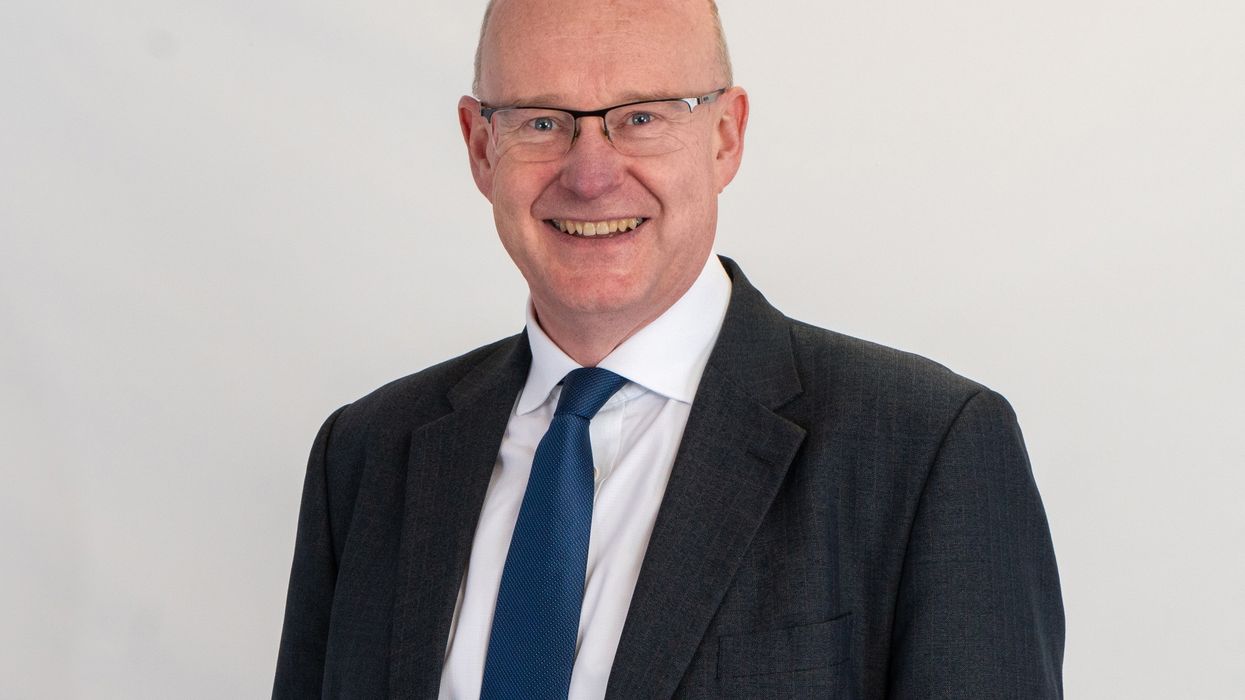Community pharmacy has never been more vital, and at the same time never been under greater strain.
While our colleagues in Scotland and Wales secured a 6% funding uplift for 2024/25, England is still waiting for clarity. It’s a frustrating position for a sector that has proven time and again it can step up, deliver, and ease pressure on other parts of the NHS.
All of that goodwill and resilience unfortunately won’t keep pharmacy doors open, our Numark members need fair and sustainable funding to ensure we can keep doing what we do best, caring for patients.
The assumption here of course is that any offer made by the Government will cover both 2024/25 and 2025/26 financial years. It is not an unreasonable assumption to make and would appear completely logical, it’s just that when it comes to public finance and balancing government books, reason and logic, at times seems to be forgotten.
The NHS Long Term Plan is clear, the future of primary care relies on better integration, earlier interventions, and a shift towards prevention.
Community pharmacy is already delivering against this vision, expanding its role in prescribing, common clinical and long-term condition management, and vaccinations. I can easily see pain management, oral health, skin condition management and women’s’ health being added to those areas. I’m sure that the access to healthcare afforded to citizens through the community pharmacy network will mean a rapid and successful uptake.
When it comes to funding, it takes courage to modernise the remuneration model away from purely supply-driven to one with more of a patient-first clinical service focus.
It can be argued that this traditional approach isn’t just outdated, it may well be holding the sector back.
In Scotland, the immediate break with a volume driven approach has been in place for almost twenty years and appears to suit the sector well. This approach gives a known and predictable income from activity that gives pharmacy owners certainty of revenue, which in turn leads to confidence to invest for the future.
This stabilising approach does mean that when a pharmacy business is growing rapidly, it can take time for the remuneration element of income to catch up and that should be factored in when developing a fledgling contract.
The opposite also holds true – a pharmacy business that finds itself with decreasing footfall due to a relocation or other disruption will be buffered from the immediate impact of decreased activity. This provides some breathing space to allow the pharmacy owner to consider their options and the best way forward.

At Numark, we’ve set out 12 key principles to guide the future of community pharmacy practice
Core
- Community Pharmacy teams will improve population health and address increasing healthcare demand as part of an integrated wider health system.
- The community pharmacy network will continue to be critical to local communities.
- Prescribing and supply can take place from the same community pharmacy premises.
- Pharmacy will utilise data to demonstrate need and value in the identification, development, delivery, and evaluation of services.
- The model can be flexible and adapted to meet the needs of each of the countries across the UK, recognising the differences, and that different elements will be implemented within varying timescales in each health system.
Services
- Pharmacists will fully utilise their clinical expertise, primarily prescribing, to improve the health of their patients.
- Community Pharmacy teams will deliver increasing volumes of services.
- Community Pharmacy will undertake a wider and more comprehensive role in preventative, urgent and acute care.
- The public will have access to a consistent offer of NHS funded care across all pharmacies, reserving some local commissioning decisions for local patient needs.
Safety / Medicines
- Supply of medicines will remain a core role for community pharmacy and will be delegated and managed by dispensary colleagues focusing on accuracy.
- Pharmacists will be focused on medicines safety.
Technology
The adoption of technology will improve safety, efficiency and how future services are delivered to suit patient need.
This future model of community pharmacy practice sets out an ambitious view of how the sector can deliver a range of clinical services, helping to improve the health of local populations, and becoming an integrated part of primary care. To achieve this, all activity must be fairly funded, community pharmacies must be financially viable, and businesses must have the confidence to invest, in order to ensure ongoing delivery of safe, high-quality services.
Fair funding is therefore essential to realise our ambition. If pharmacies are to play their full role in primary care, funding must reflect the value we bring, whether it’s improving access to care, reducing medicine waste, or preventing avoidable hospital admissions. This security encourages pharmacy owners to engage with evolving health systems and invest in their practice for the benefit of all.
Our colleagues in Scotland and Wales have made progress over several years, securing increased investment to support an expanded role for pharmacy.
England has very recently made some progress with the announcement that a funding offer has, at last, been made by the government to Community Pharmacy England (CPE). The issue now of course is whether that offer is sufficient to at least stabilise the network and then comes the decision, should an offer be accepted, of how you pay the funding out. That appears simple enough, my experience tells me it is not.
I am sure that the CPE Committee will be considering whether any monies allocated to 2024/25 are to be paid out retrospectively and whether prescription or service volume should be the denominator to do so.
Some pharmacy owners may instead, prefer a flat payment for all. An alternative approach would be to distribute any available funding increase through the contractual framework for 2025/26 only and effectively incentivise engagement with the future direction of travel. Having been involved in those decisions in the past, whatever is decided will delight some and disappoint others.
Returning to the Numark practice principles, a key one highlights that pharmacy must utilise data to demonstrate its value.
The evidence is already there, pharmacies take pressure off GPs, A&E, and urgent care, offering accessible, high-quality care close to where people live.
Now, we need to ensure that data is used effectively to influence decision-makers and demonstrate value, which cannot always be measured as the lowest cost. This will be particularly important when the government publishes what its intention is in introducing its community pharmacy prescribing service.
I remain convinced that pharmacist prescribing is the future for our sector and the quicker the thinking is done on what an NHS service, applicable in all four countries of the UK, could be the better. There are already successful models in Wales and Scotland that could form the backbone of transformation for the NHS, our sector and patients.
That statement implies that all stakeholders know what needs to be done. The question is, when will England act and implement its ambition coupled to sustainable funding?
Community pharmacy is not looking for handouts, we’re looking for fair investment to a sector that consistently delivers. Without that, the risk is clear; pharmacies will be forced to cut back services, reduce hours, or worse close their doors. And once a pharmacy is lost, it’s gone. The communities that rely on them will feel the impact and won’t receive the early intervention or a preventative agenda that the policy direction desires.
At Numark, we believe in community pharmacy’s future. We believe in its ability to adapt, innovate, and lead in healthcare. That belief alone doesn’t pay the bills. Now is the time for action.













